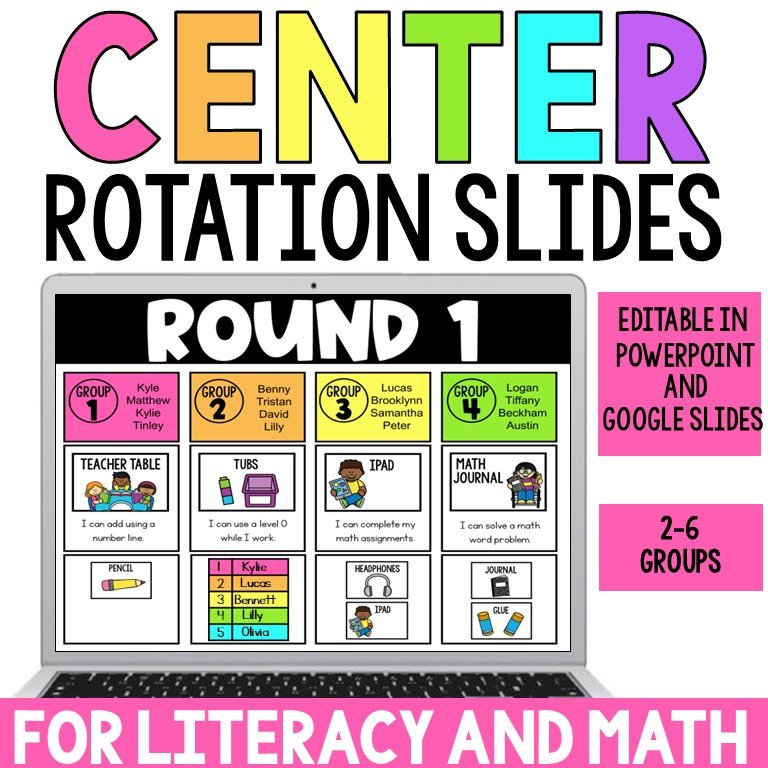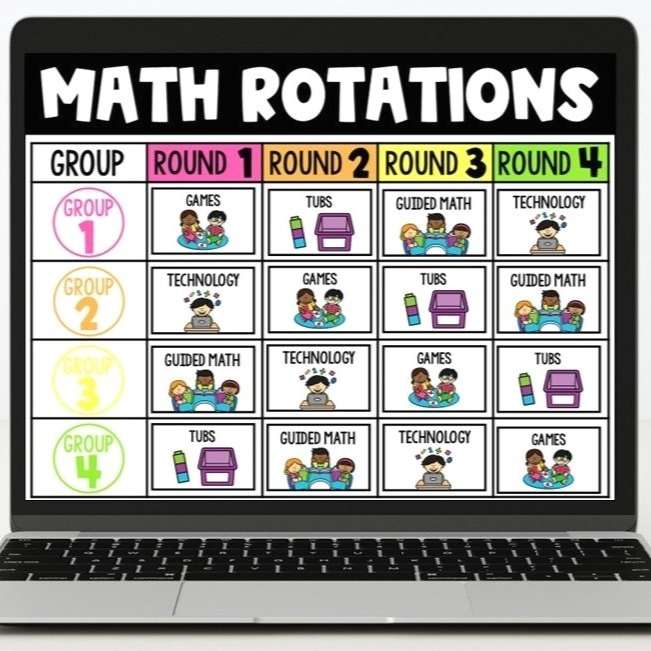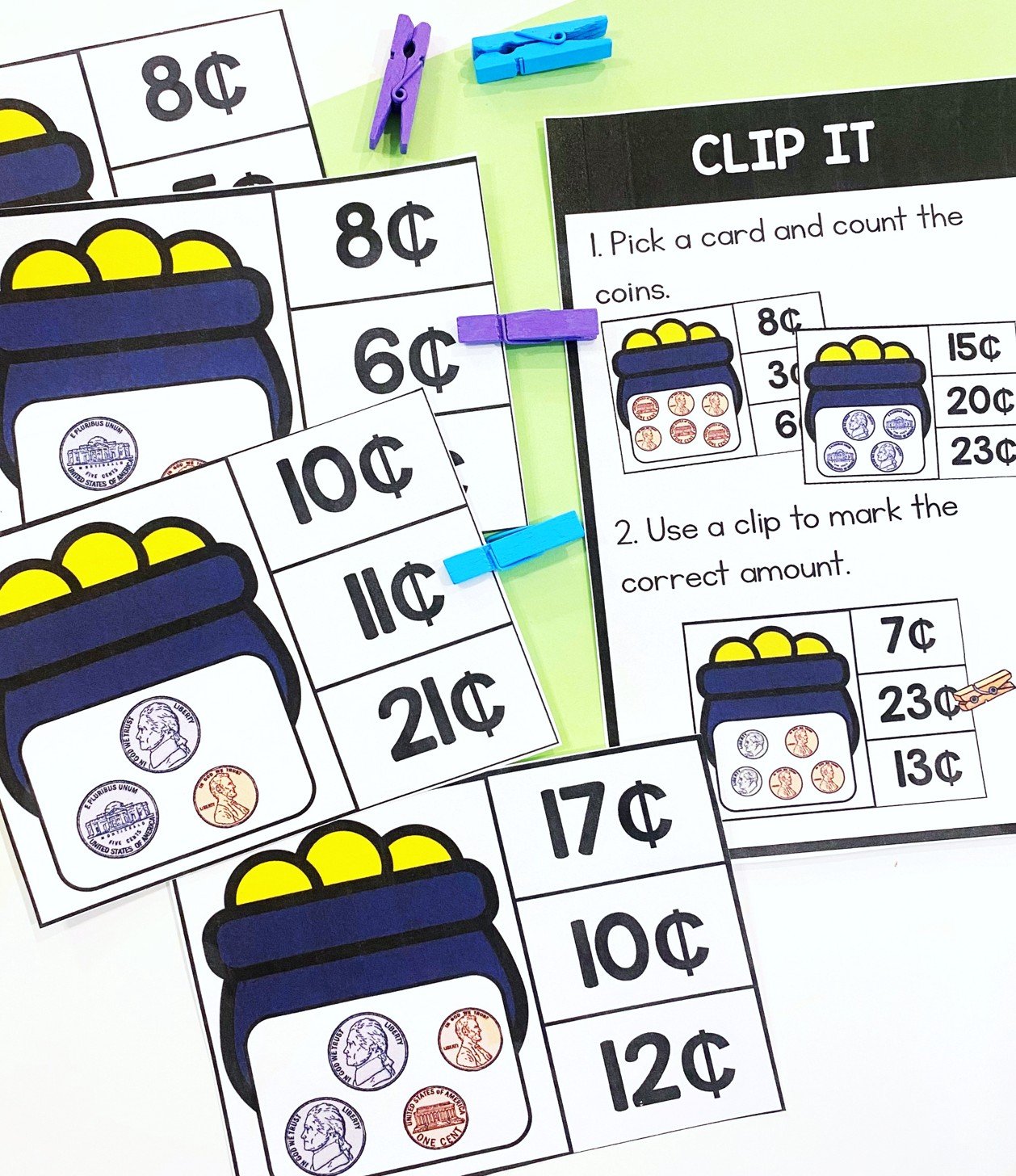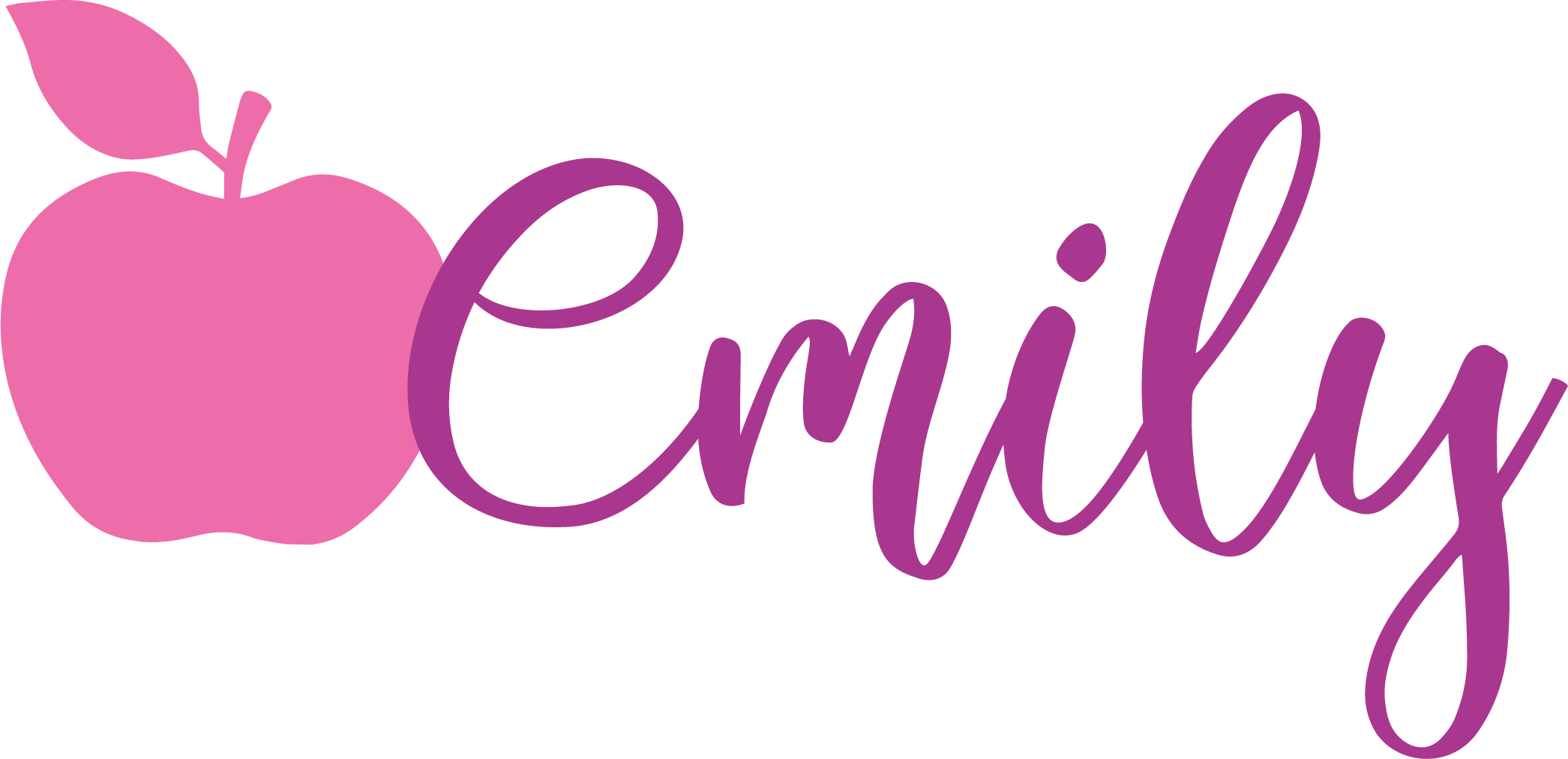Engaging and Effective Math Centers for First Graders
As a first grade teacher, you know how important it is to create a classroom environment that supports hands-on learning, encourages independence, and builds foundational math skills. That’s where math centers for first graders shine! Whether you're new to centers or a seasoned pro looking to freshen up your rotations, this post is packed with practical tips, ideas, and must-have resources to help you get the most out of your math block.
Today I want to share my favorite math centers for first graders and how I use them in my classroom. I will share math centers that will last throughout the entire year! That is a big win in my book!
If you want to find any of these math centers I share today, you can find them inside my Yearlong Math Centers for First Graders Bundle.
What Are Math Centers?
Math centers (also called stations or rotations) are small group activities that give students the opportunity to practice and apply math concepts in engaging, meaningful ways. While you're working with a small group or providing targeted intervention, other students are actively learning — not just staying busy.
Why Use Math Centers in First Grade?
Math centers are a game changer in the first grade classroom for a many reasons:
Hands-On Practice: First graders learn best through doing. Math centers use manipulatives, games, and visuals to make abstract concepts more concrete.
Skill Reinforcement: Provides time to reinforce and review important math concepts.
Differentiation: Centers allow you to meet students where they are. You can modify tasks to challenge early finishers or scaffold for students who need more support.
Engagement: Centers break the monotony of whole-group instruction. First graders look forward to rotating through fun, interactive activities.
Independence: With clear expectations and routines, first graders can work on tasks independently — a skill that supports academic and social development.
Improved Small Group Instruction: While the rest of the class is independently working, you can give targeted instruction to small groups.
How to Structure Math Centers for First Graders
A simple and effective structure might include 4–5 centers, each focused on a specific skill or type of activity. Here are the math centers I run in my classroom:
Teacher Table: Guided math or intervention for a small group.
Math Centers: Reinforcing skills like addition, subtraction, or place value through hands-on learning.
Technology Center: Interactive math apps or digital activities.
Seat Work: Independent work. Use this time to check for understanding.
Math Facts: Practice math facts independently or with a partner.
Rotate every 15–20 minutes, depending on your schedule and students’ stamina.
If you are interested, here is the digital rotation board I use to display our math centers.
Math and Literacy Rotation Slides
These easy-to-use slides help organize and display daily center rotations with clarity, which will minimize interruptions.
Tips for Managing Math Centers Smoothly
Model, Model, Model: Spend time at the beginning of the year teaching expectations and modeling how to use materials. Use the first week helping students rotate. Do not pull a small group of students right away.
Use Visual Schedules: Help students know where to go next with a clear rotation chart.
Keep It Consistent: Use familiar formats so you don’t need to explain new directions every day.
Teach One New Game at a Time: Slowly introduce new activities to build confidence and independence.
Math Center Rotation Slides
Use a visual schedule to help students know where to go next.
Favorite Math Center Ideas for First Graders
Spin & Cover: Use spinners and cover the correct answer.
Clip Cards: Students solve the card and clip the correct answer.
Flip and Trace: Match numerals to ten-frames, number words, or base-ten blocks.
Roll & Solve: Use dice and dry erase mats for math games.
Matching: Practice addition, subtraction, place value, etc. in a fun, game-based format.
Graph the Room: Walk around the room to create a bar graph and answer questions about the graph.
Yearlong Math Centers for First Graders
Hands-on math centers are perfect for reinforcing essential math skills while keeping young learners excited about learning.
I hope today you learned creating engaging and meaningful math centers for first graders doesn’t have to be overwhelming. With a few simple routines, thoughtful activities, and a solid rotation structure, your students will love math time — and you’ll love the independence and growth you see!
Here a few must have purchases I made from Amazon that my students use during their math centers.
Please note: The above are affiliate links. I will earn a small commission to support my classroom from your purchase.
Looking for ready-to-use math center resources? Browse my Yearlong Math Centers for low-prep, standards-aligned activities made just for first grade.
Happy Teaching!























